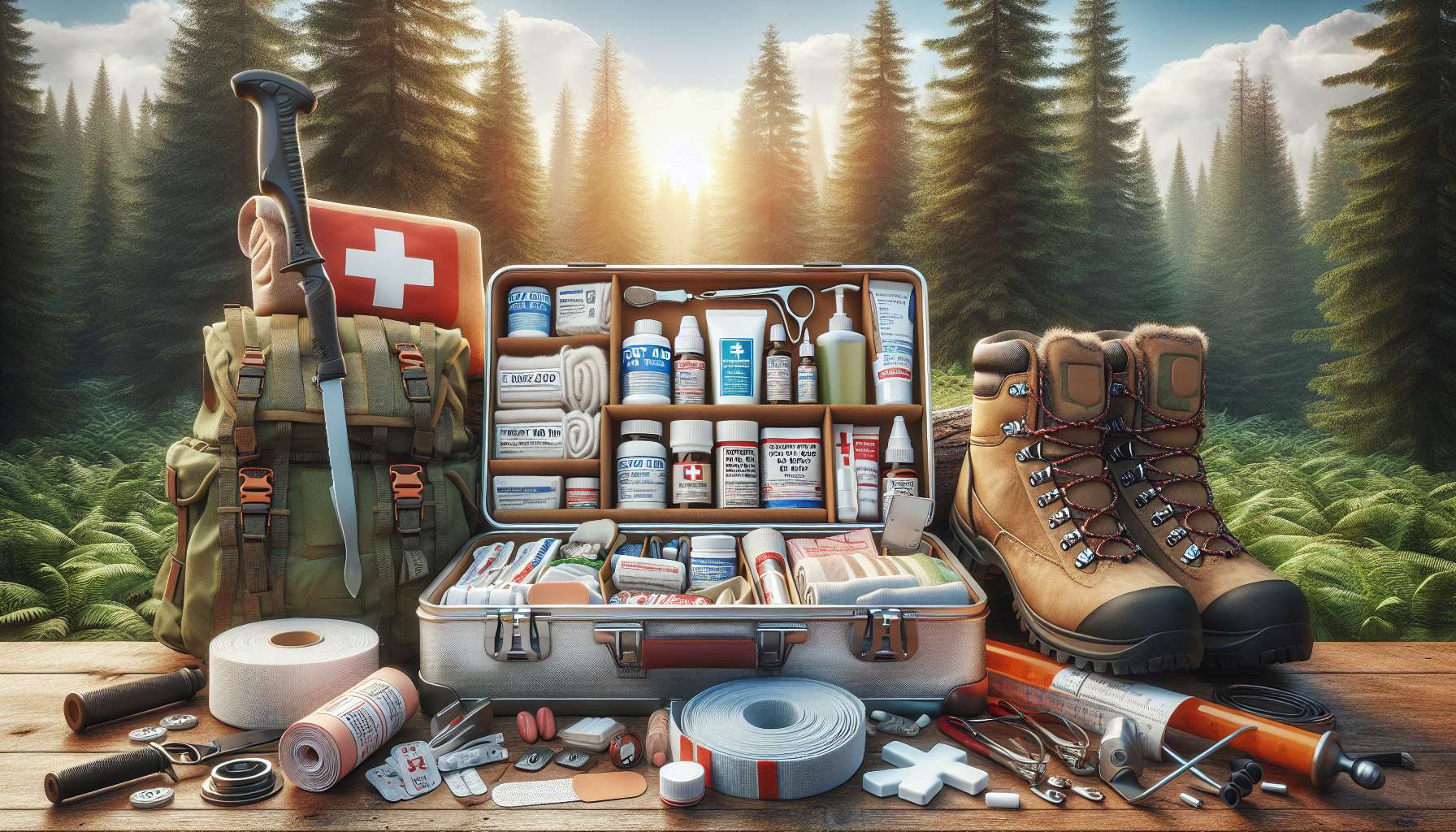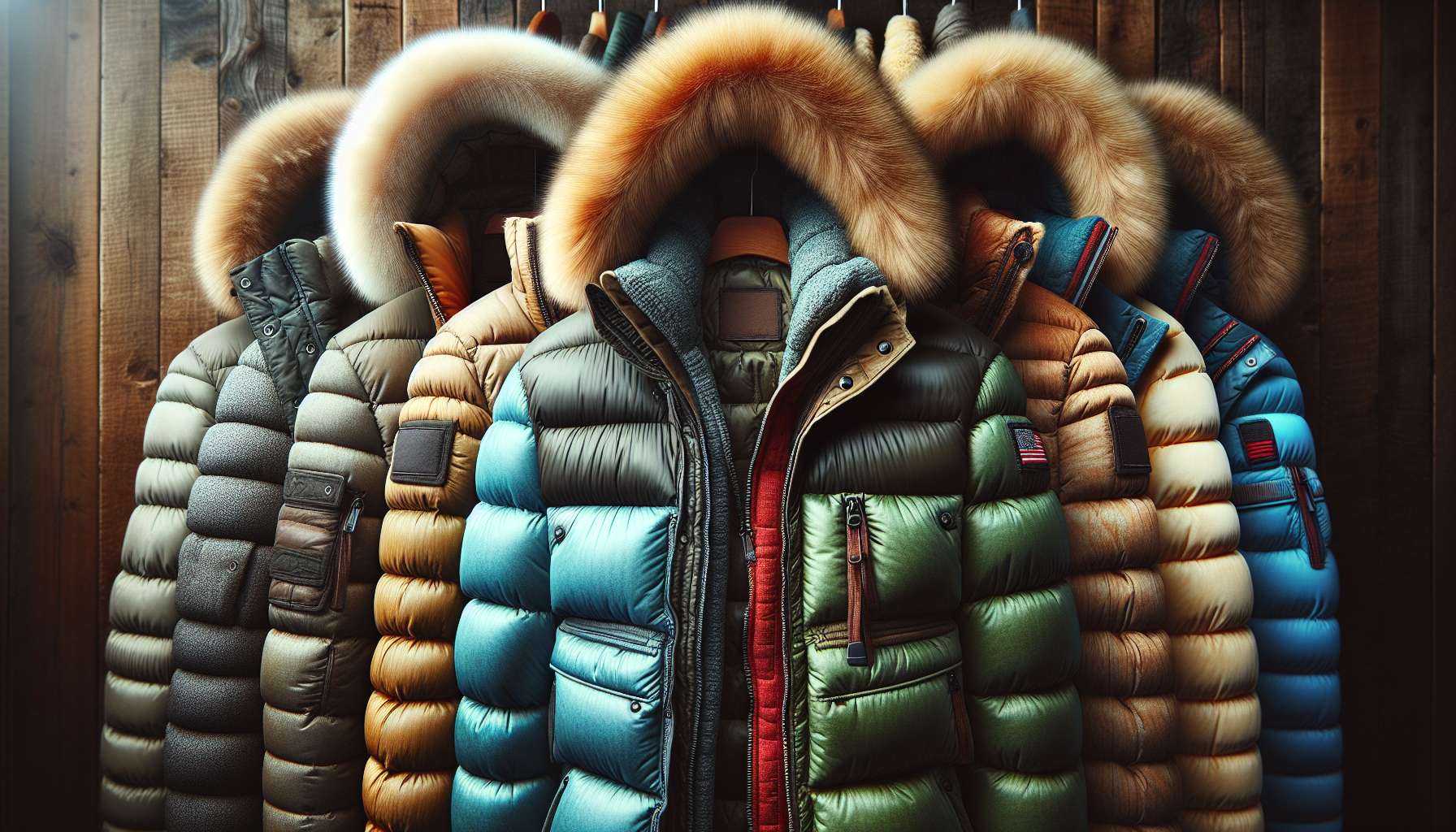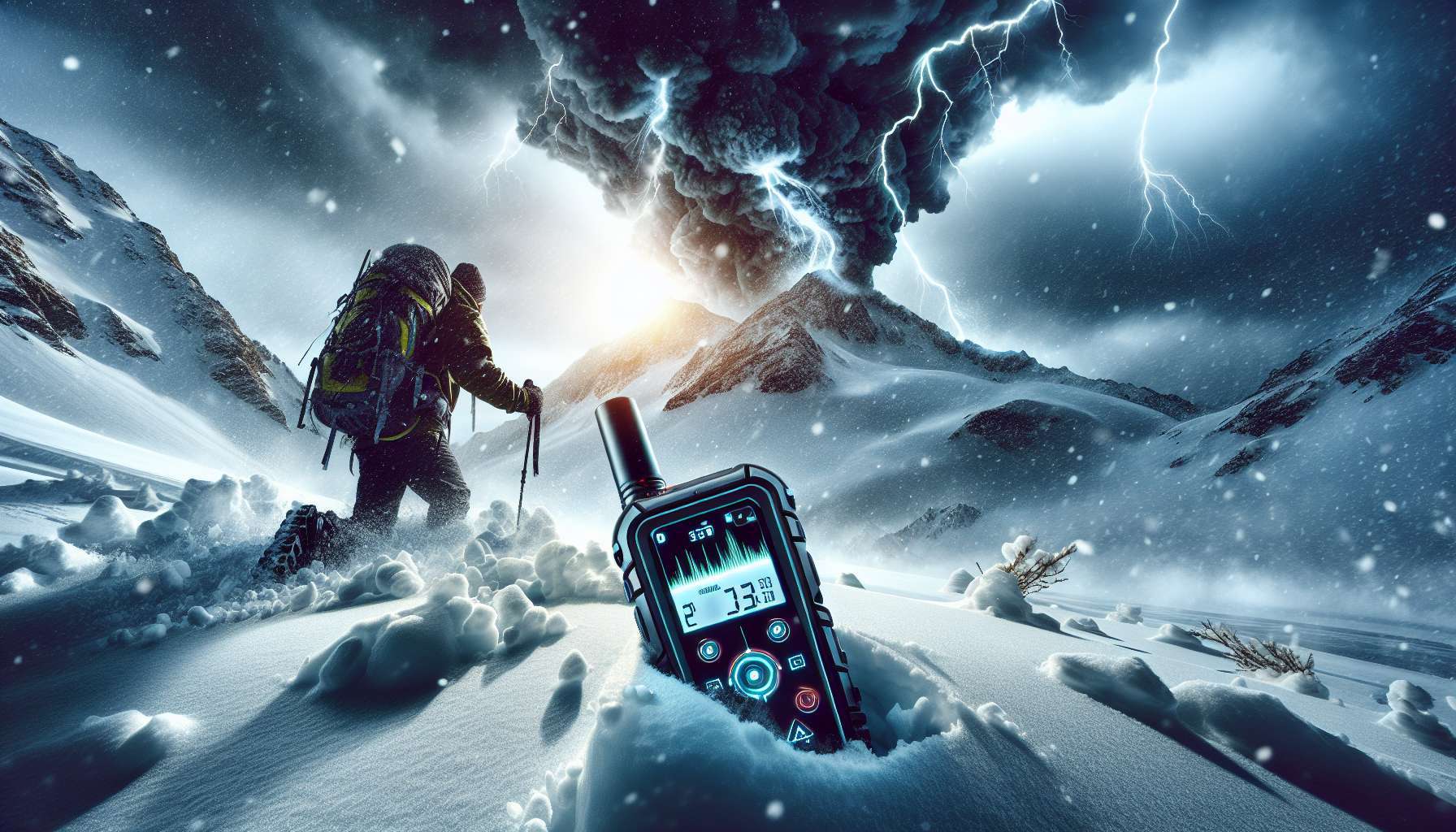First Aid Kits for Outdoor Adventures
Embarking on outdoor adventures can be exhilarating and fulfilling, offering a chance to connect with nature, push personal limits, and create lasting memories. However, exploring the great outdoors also comes with its own set of risks and challenges. From minor cuts and bruises to more serious injuries, it’s essential to be prepared for any medical emergencies that may arise while on a hike, camping trip, or outdoor excursion. This is where having a well-equipped first aid kit can make all the difference between a minor inconvenience and a major crisis.
Whether you’re a seasoned outdoor enthusiast or a beginner looking to explore nature, having a comprehensive first aid kit on hand is crucial for your safety and well-being. In this article, we will delve into the world of first aid kits for outdoor adventures, discussing the essential items, best practices, and expert tips to ensure you are prepared for any situation that may arise while exploring the wilderness.
The Importance of First Aid Kits
When it comes to outdoor adventures, being prepared is key. Accidents can happen unexpectedly, and having a first aid kit readily available can mean the difference between a minor mishap and a life-threatening situation. A well-stocked first aid kit can help you address common injuries such as cuts, scrapes, burns, insect bites, and sprains, allowing you to treat them promptly and prevent complications.
Moreover, in remote or wilderness settings, access to medical care may be limited, making it even more critical to have the necessary supplies to manage injuries or illnesses until professional help can be reached. Whether you’re hiking in the backcountry, camping in a remote location, or engaging in adventurous activities like rock climbing or kayaking, having a first aid kit can provide peace of mind and ensure you are prepared for any emergency.
Essential Items for a First Aid Kit
When assembling a first aid kit for outdoor adventures, it’s important to include a variety of supplies to address different types of injuries and medical conditions. While the specific items may vary based on the activities you engage in and the duration of your trip, here are some essential items that should be included in every outdoor first aid kit:
1. Bandages and dressings:
Include adhesive bandages, gauze pads, adhesive tape, and sterile dressings to cover and protect wounds. These items are essential for treating cuts, scrapes, and other minor injuries encountered during outdoor activities.
2. Antiseptic wipes and ointment:
Antiseptic wipes or alcohol pads can be used to clean wounds and prevent infection, while antibiotic ointment can help promote healing and reduce the risk of complications.
3. Tweezers and scissors:
Tweezers are useful for removing splinters, ticks, and other foreign objects from the skin, while scissors can be used to cut bandages, tape, or clothing in emergency situations.
4. Pain relief medication:
Include over-the-counter pain relievers such as ibuprofen or acetaminophen to manage pain and discomfort caused by minor injuries, headaches, or muscle aches.
5. Thermometer:
A digital thermometer can help you monitor your body temperature and identify signs of fever or hypothermia, especially in cold or extreme weather conditions.
6. Emergency blanket:
An emergency blanket or space blanket can provide insulation and warmth in case of exposure to cold temperatures or unexpected weather changes.
7. CPR mask or shield:
A CPR mask or shield is essential for performing cardiopulmonary resuscitation (CPR) in case of cardiac arrest or other life-threatening emergencies.
Additional Supplies and Considerations
In addition to the essential items mentioned above, there are several other supplies and considerations to keep in mind when packing a first aid kit for outdoor adventures:
1. Personal medications:
If you have any specific medical conditions or allergies, make sure to include your prescription medications, inhalers, or EpiPen in your first aid kit.
2. Emergency contact information:
Include a list of emergency contacts, medical history, and any relevant information for rescuers in case of an emergency. This can help medical professionals provide appropriate care and notify your loved ones if needed.
3. Waterproof container:
Store your first aid supplies in a waterproof container or bag to protect them from moisture, rain, or accidental spills. This will ensure that your supplies remain clean, dry, and ready to use when needed.
4. Personal protective equipment:
Consider including gloves, a face mask, or hand sanitizer in your first aid kit to protect yourself and others from exposure to blood or bodily fluids while providing care.
5. First aid manual:
Carry a basic first aid manual or guidebook with instructions on how to administer first aid, perform CPR, and manage common injuries. This can be a valuable resource in case you need guidance on treating specific conditions.
Expert Opinions on First Aid Kits
According to Dr. Emily White, an emergency medicine physician and outdoor enthusiast, “Having a well-equipped first aid kit is essential for anyone venturing into the great outdoors. In remote or wilderness settings, you may not have immediate access to medical care, so it’s important to be prepared for any emergency that may arise.”
Dr. White recommends customizing your first aid kit based on the activities you engage in and the specific risks associated with your outdoor adventures. “Consider the potential hazards you may encounter, such as wildlife encounters, extreme weather conditions, or rugged terrain, and pack your first aid kit accordingly,” she advises.
Common Misconceptions about First Aid Kits
Despite the importance of first aid kits for outdoor adventures, there are several common misconceptions that people may have about these essential supplies. One prevalent misconception is that a basic first aid kit is sufficient for all outdoor activities and emergencies.
In reality, different outdoor activities may require specialized first aid supplies to address specific risks or injuries. For example, if you’re hiking in a remote area with limited access to medical care, you may need to pack additional supplies such as a tourniquet, splint, or snake bite kit to manage potential emergencies.
Conclusion
In conclusion, having a well-equipped first aid kit is essential for anyone venturing into the great outdoors. Whether you’re hiking in the mountains, camping in the wilderness, or exploring remote areas, being prepared for medical emergencies can make all the difference in ensuring your safety and well-being.
By including essential items such as bandages, antiseptic wipes, pain relief medication, and personal medications in your first aid kit, you can address common injuries and illnesses encountered during outdoor adventures. Additionally, considering factors like emergency contact information, personal protective equipment, and a first aid manual can help you be better prepared for any situation that may arise.
Remember, accidents can happen unexpectedly, but with a well-stocked first aid kit and the knowledge to use it effectively, you can be better equipped to handle emergencies and stay safe while exploring the wonders of nature. So, before your next outdoor adventure, make sure to pack your first aid kit and be prepared for whatever the wilderness may throw your way.




